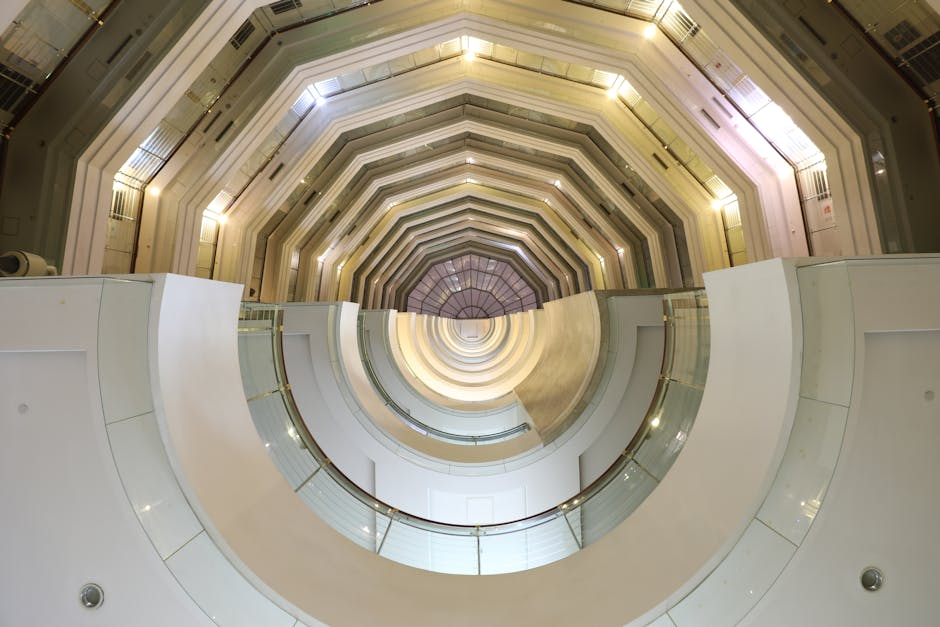How to Use Textures and Finishes to Add Depth to a Clean Minimalist Modern Space
Introduction
Minimalist modern design is often characterized by clean lines, open spaces, and a focus on functionality. While this aesthetic can be incredibly appealing, it can sometimes feel sterile or lacking in depth. Introducing texture and varied finishes is the key to warming up a minimalist space and adding visual interest without compromising its core principles. This article will guide you through how to strategically use textures and finishes to elevate your minimalist modern home.
Adding Depth with Textures and Finishes
Understanding the Principles of Minimalist Texture
In minimalism, less is more. The textures you choose should be deliberate and impactful. Focus on quality over quantity. Think about how different materials interact with light and how they feel to the touch.
- Contrast is Key: Juxtapose smooth surfaces with rough ones, glossy with matte.
- Subtlety Matters: Opt for subtle variations within a single color palette.
- Natural Elements: Incorporate natural materials like wood, stone, and linen.
Wall Finishes: More Than Just Paint
The walls are a significant canvas. Consider options beyond standard flat paint to add character.
- Textured Paint: Explore subtle textured paints like sand paint or faux finishes for a nuanced look.
- Wallpaper with Subtle Patterns: Choose wallpapers with minimal, geometric patterns or tactile textures like grasscloth.
- Exposed Brick or Concrete: If structurally possible, expose brick or concrete walls for an industrial-chic touch.
- Wood Paneling: Consider using sleek, minimalist wood paneling for a warm, textural accent wall.
Furniture: Layering Textures for Visual Interest
Your furniture choices provide ample opportunity to introduce texture. Mix and match different fabrics and materials.
- Upholstery: Combine a smooth leather sofa with textured throw pillows in linen or velvet.
- Wood Furniture: Opt for furniture with visible wood grain, such as a live-edge coffee table or a reclaimed wood dining table.
- Metal Accents: Incorporate metal accents, such as brushed brass or matte black, to add visual contrast.
- Rugs: A textured rug, such as a shag rug or a woven rug, can anchor a space and add warmth underfoot.
Flooring: Grounding the Space with Texture
The flooring sets the foundation for the entire space. Choose materials that add depth and character.
- Wood Flooring: Wide-plank wood flooring with a visible grain is a classic choice that adds warmth and texture.
- Concrete Flooring: Polished concrete flooring offers a sleek and modern look with subtle variations in texture.
- Tile Flooring: Choose large-format tiles with a textured surface, such as slate or travertine.
- Area Rugs: Layer rugs over your flooring to add softness and visual interest.
Accessories: The Finishing Touches
Accessories are essential for personalizing your space and adding subtle layers of texture.
- Throw Pillows and Blankets: Use a variety of textures like linen, velvet, and knitted fabrics.
- Artwork: Choose artwork with textured surfaces or interesting materials.
- Plants: Incorporate plants with varying leaf textures and sizes to add life and visual interest.
- Decorative Objects: Select objects made from natural materials like stone, wood, or ceramic.
Conclusion
Adding texture and varied finishes to a minimalist modern space doesn’t require a complete overhaul. By strategically incorporating different materials, patterns, and textures, you can create a space that is both visually appealing and comfortable. Remember to focus on quality over quantity, choose materials that complement each other, and don’t be afraid to experiment until you achieve the desired look and feel. The key is to add depth and interest while maintaining the clean lines and uncluttered aesthetic that defines minimalist design.




Post Comment